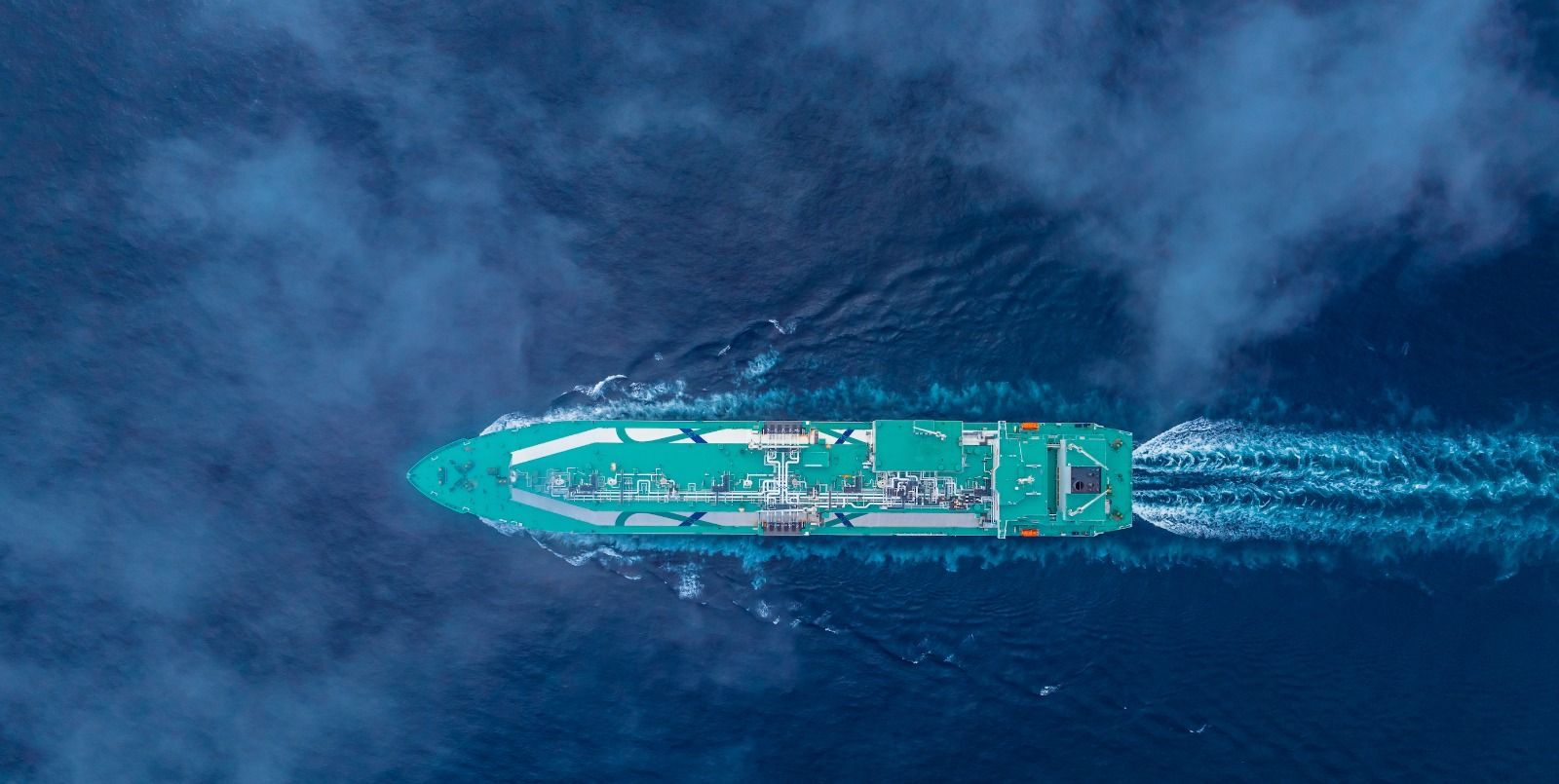A Comprehensive Impact Assessment of Nitrogen Content Increase in Feed Gas on the Whole LNG Supply Chain
LNG will continue playing a key role to secure the energy supply mainly to Europe and Asia. New projects are under development particularly in the USA where LNG is produced from shale gas resources. Nitrogen (N2) is an inert gas commonly found in geological reservoirs. To avoid transporting an inert in liquid form over long distances, N2 is considered by the industry with a maximum of 1 mol% in the loaded LNG. When feed gas has more than 1 mol% N2 there is a risk of exceeding N2 content in LNG. Also, N2 will concentrate in the boil-off gas (BOG), generating a significant increase in BOG flow.
At some point, dedicated process solutions to remove N2 shall be foreseen in LNG plant design to ensure LNG specifications and fuel gas balance are met. This is particularly problematic when the design has not originally been based on N2 content in feed gas above 1% mol. Over the past two years the N2 content in gas from the Permian Basin has increased raising concern to LNG producers fed partially or fully by this source. BOG is used as fuel gas, therefore an excessive N2 content is a limit for combustion in gas turbines and may result in environmental limitation issue due to increase in NOx emissions. Moreover, the fuel gas shall be fully consumed on liquefaction site: an excess is unwanted as it poses operational issues such as flaring and risk of production losses. These problems are furthermore amplified if the liquefaction plant is electrified with fuel gas consumption significantly reduced.
Different solutions are possible to resolve N2 excess in LNG plants. On short-term, it is necessary to evaluate adjustments of plant operating conditions with no hardware modification. On long-term, plant modifications are required. On short-term, the major risk is the reduction of LNG production to limit the excess BOG generation while keeping N2 content in LNG below 1 mol%. Otherwise, it is necessary to accept producing LNG with N2 above 1 mol% and temperatures below -163°C, but it must be ensured that N2 content in LNG at arrival port will be below 1 mol%. The issue is then displaced from the liquefaction terminal to LNG shipping. Operation of LNG carriers shall be adjusted to obtain BOG with N2 concentration compatible with engine requirements. LNG carriers cannot handle additional BOG enriched in N2 as it can affect the operation of ship engines. Unexpected increase of N2 content in feed gas to existing LNG plants poses a significant challenge not only for the liquefaction terminal, but for the whole LNG supply chain.
This study aims to propose possible solutions to the N2 increase in the LNG supply chain considering two types of LNG plants: gas turbine and all-electric drivers for the refrigerant compressors. Long-term solutions are proposed. An optimal short-term solution has been identified: to accept producing LNG with relaxed specification maintaining full LNG plant production while delivering product at commercial specification to final customers.





)
)
)
)
)
)
)
)
)
)
)
)
)
)
)
)
)
)
)
)
)
)
)
)